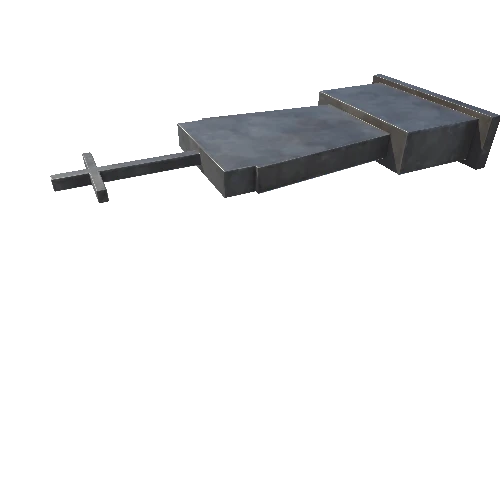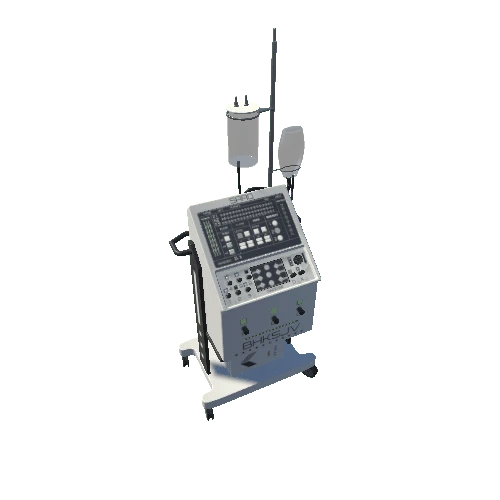Select or drop a image or 3D model here to search.
We support JPG, JPEG, PNG, GIF, WEBP, GLB, OBJ, STL, FBX. More formats will be added in the future.
Asset Overview
A Benson boiler is a type of Once-Through Boiler patented by Marc Benson in Germany in 1923 and incorporates recirculation characteristics at part-load operation below about 60° MCR.
The Benson boiler usually consists of small diameter tubes (ca. 25 mm bore) spirally wound to form the furnace envelope. Feed water enters the bottom of the furnace at high sub-critical or supercritical pressure and is evaporated to high quality in the spiral section. A balancing header is commonly provided near the top of the furnace to alleviate any differences in steam quality resulting from variations in heat absorption in different parallel spiral circuits before the steam/water mixture is introduced to the open boiler pass. Here, it is superheated in the upper parts of the furnace envelope and subsequently in pendant tube banks. The balancing header also serves as a means of separating excess liquid when, at low loads, the furnace flow rate exceeds the steam demand from the boiler as a whole.















